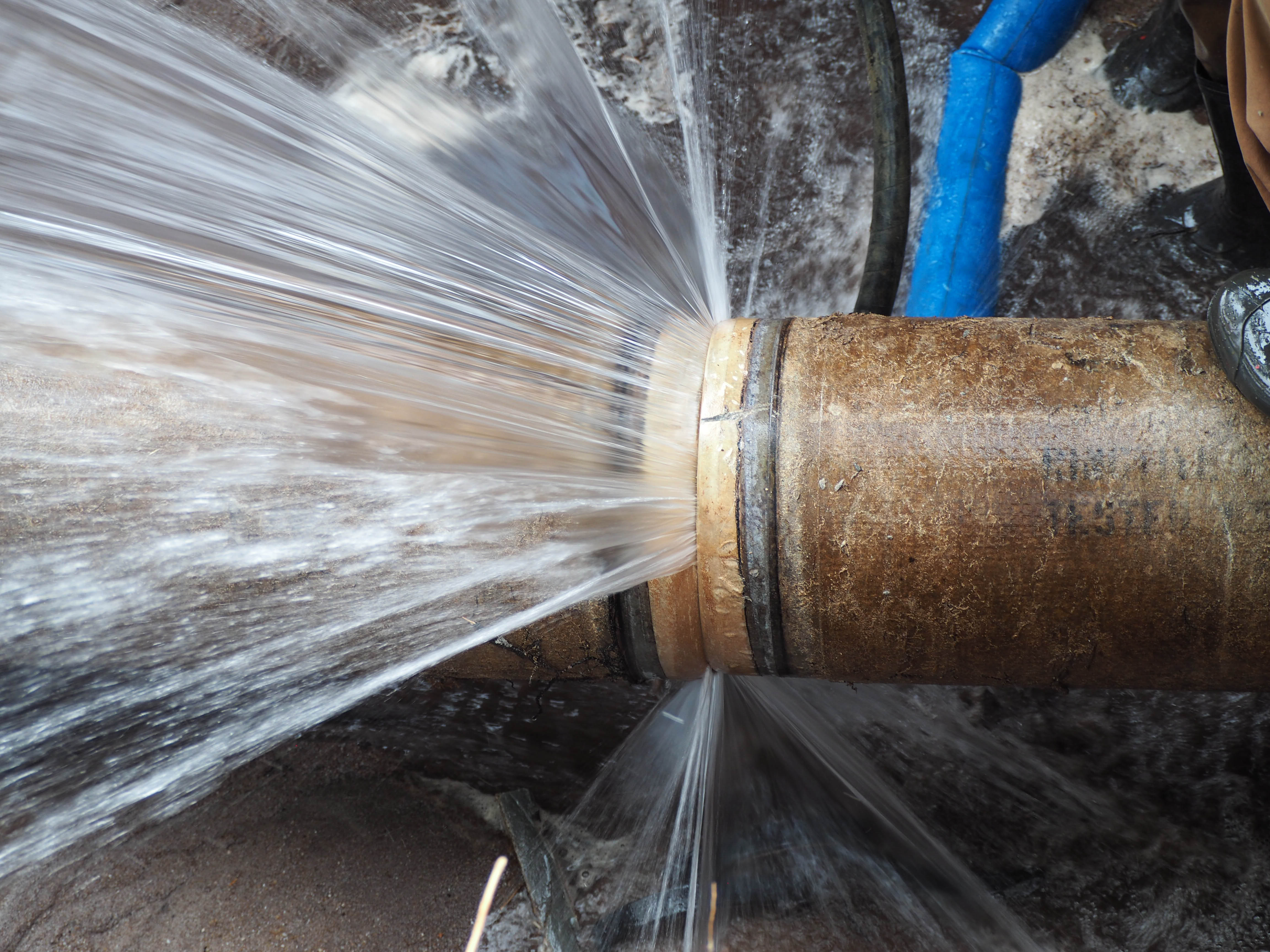What are your thoughts and feelings about Preventing and dealing with frozen pipes?

Cold weather can damage your plumbing, particularly by freezing pipelines. Right here's exactly how to avoid it from happening and what to do if it does.
Intro
As temperature levels drop, the threat of frozen pipelines increases, possibly resulting in pricey repair services and water damage. Comprehending how to avoid icy pipes is crucial for home owners in cold climates.
Recognizing Frozen Pipes
What causes pipes to freeze?
Pipes freeze when revealed to temperature levels listed below 32 ° F (0 ° C) for prolonged periods. As water inside the pipelines freezes, it expands, putting pressure on the pipeline wall surfaces and possibly creating them to burst.
Dangers and damages
Frozen pipelines can cause water disturbances, residential property damages, and costly repair services. Burst pipes can flood homes and trigger extensive architectural damage.
Indications of Frozen Pipes
Recognizing frozen pipelines early can prevent them from rupturing.
Just how to determine frozen pipelines
Look for reduced water circulation from taps, uncommon odors or noises from pipes, and noticeable frost on subjected pipelines.
Avoidance Tips
Shielding vulnerable pipes
Wrap pipes in insulation sleeves or utilize warmth tape to shield them from freezing temperatures. Focus on pipes in unheated or exterior locations of the home.
Home heating methods
Keep interior rooms effectively warmed, particularly areas with pipes. Open cabinet doors to permit cozy air to circulate around pipelines under sinks.
Protecting Outside Plumbing
Garden tubes and outdoor taps
Detach and drain garden tubes prior to wintertime. Install frost-proof faucets or cover outside taps with protected caps.
What to Do If Your Pipes Freeze
Immediate activities to take
If you presume icy pipes, maintain faucets open to eliminate stress as the ice melts. Utilize a hairdryer or towels soaked in hot water to thaw pipelines gradually.
Long-Term Solutions
Architectural modifications
Take into consideration rerouting pipes away from outside walls or unheated locations. Include additional insulation to attics, basements, and crawl spaces.
Upgrading insulation
Buy high-quality insulation for pipelines, attics, and wall surfaces. Proper insulation aids preserve regular temperature levels and minimizes the threat of frozen pipes.
Final thought
Protecting against icy pipes requires proactive steps and quick actions. By understanding the causes, indicators, and safety nets, home owners can shield their pipes during cold weather.
5 Ways to Prevent Frozen Pipes
Drain Outdoor Faucets and Disconnect Hoses
First, close the shut-off valve that controls the flow of water in the pipe to your outdoor faucet. Then, head outside to disconnect and drain your hose and open the outdoor faucet to allow the water to completely drain out of the line. Turn off the faucet when done. Finally, head back to the shut-off valve and drain the remaining water inside the pipe into a bucket or container. Additionally, if you have a home irrigation system, you should consider hiring an expert to clear the system of water each year.
Insulate Pipes
One of the best and most cost-effective methods for preventing frozen water pipes is to wrap your pipes with insulation. This is especially important for areas in your home that aren’t exposed to heat, such as an attic. We suggest using foam sleeves, which can typically be found at your local hardware store.
Keep Heat Running at 65
Your pipes are located inside your walls, and the temperature there is much colder than the rest of the house. To prevent your pipes from freezing, The Insurance Information Institute suggests that you keep your home heated to at least 65 degrees, even when traveling. You may want to invest in smart devices that can keep an eye on the temperature in your home while you’re away.
Leave Water Dripping
Moving water — even a small trickle — can prevent ice from forming inside your pipes. When freezing temps are imminent, start a drip of water from all faucets that serve exposed pipes. Leaving a few faucets running will also help relieve pressure inside the pipes and help prevent a rupture if the water inside freezes.
Open Cupboard Doors
Warm your kitchen and bathroom pipes by opening cupboards and vanities. You should also leave your interior doors ajar to help warm air circulate evenly throughout your home.

As a person who reads about Winter Plumbing Precautions: Preventing Frozen Pipes, I was thinking sharing that editorial was really helpful. Those who appreciated our blog entry kindly don't forget to pass it around. Thank-you for your time spent reading it.
Request An Appointment